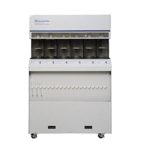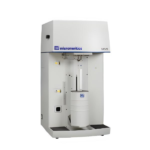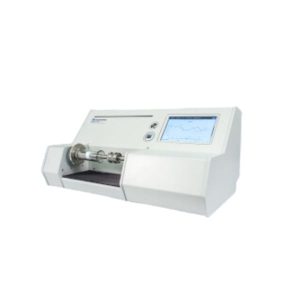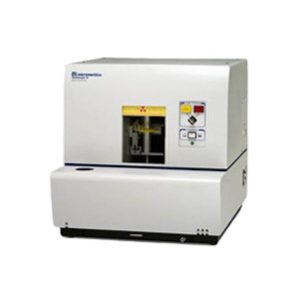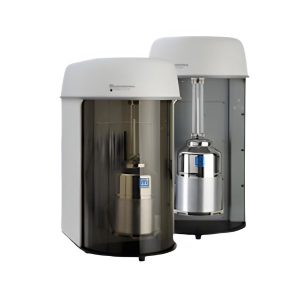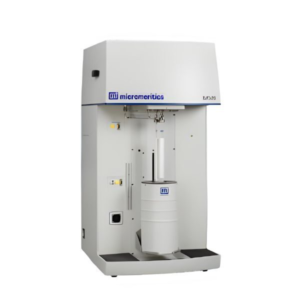General
Gas Displacement Pycnometry System
THE FASTEST, EASIEST, MOST ACCURATE MEASUREMENT OF TRUE DENSITY
Gas pycnometry is recognized as one of the most reliable techniques for obtaining true, absolute, skeletal, and apparent volume and density. This technique is non-destructive as it uses the gas displacement method to measure volume. Inert gases, such as helium or nitrogen, are used as the displacement medium. Density calculations using the gas displacement method are much more accurate and reproducible than the traditional Archimedes water displacement method.
The AccuPyc II 1350 Pycnometer is a state-of-the-art, fully automatic instrument providing high-speed, high-precision volume measurements and true density calculations on a wide variety of powders, solids, and slurries. The system completes most sample analyses in less than three minutes without sacrificing accuracy. After analyses are started with a few touches of the scrren, data is collected, calculations are performed, and results are displayed.
Key Features
-
- High Accuracy and Repeatability: The AccuPyc III 1350 delivers the highest levels of accuracy and repeatability in density measurements. Its design includes the most stable temperature control, cutting-edge gas modeling, and a self-aligning lid to ensure consistent results.
- Ease of Use: The instrument is designed for user-friendly operation. It features an intuitive Breeze interface that allows for easy measurement and result review with or without a PC. The hinged self-aligning lid ensures frustration-free operation.
- Versatile Measurement Capabilities: The AccuPyc III 1350 can measure true density using various gases such as nitrogen, air, and argon, without additional steps or calibrations. It also supports a wide range of measurement volumes with simple volume insert kits, accommodating both scarce samples and large, heterogeneous materials.
- Temperature Control: The AccuPyc III 1350 includes AccuTemp technology, which maintains temperature stability to within ±0.025°C, ensuring reliable density measurements across a range of 4°C to 60°C.
- Advanced Connectivity: The instrument supports seamless device connectivity, including USB ports for data transfer and peripheral device integration. It also integrates with laboratory information management systems (LIMS) and features MIC Net for synchronizing results and methods across devices.
- PowderSafe Mode: This mode is designed for safe measurement of light, fluffy powders by pressurizing the reference chamber before the sample chamber, preventing elutriation.

